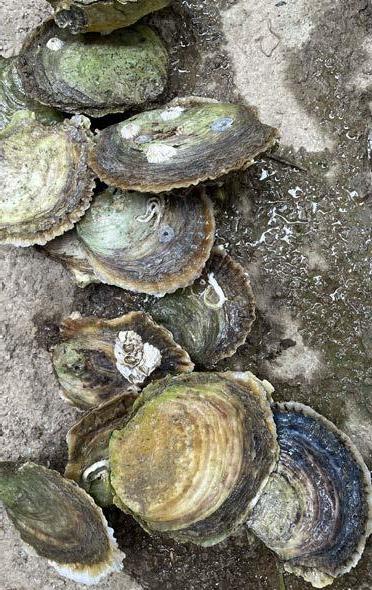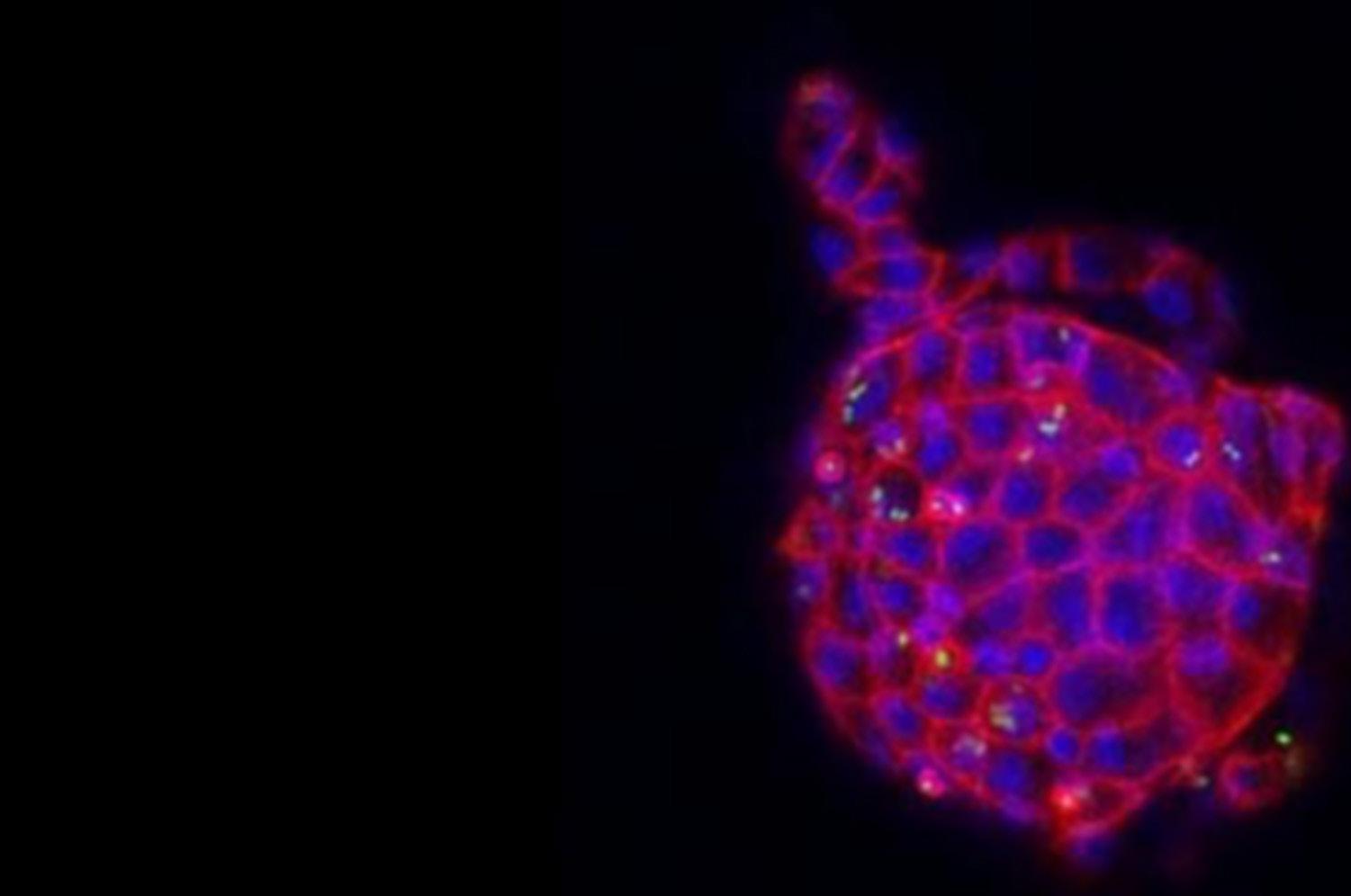
2 minute read
Apr Mini-guts aid poultry research
by thedickvet
Rapid testing system to detect oyster diseases
Inside-out mini-guts aid research into poultry
Advertisement
Scientists from the Roslin Institute are developing a PCR test that will detect a range of diseases and accumulation of organisms affecting oysters and mussels.
A validated testing system will allow oyster growers to test for a common and potentially fatal disease that is otherwise difficult to detect and cannot be eliminated, known as Bonamia ostreae.
Access to a rapid, cheap, pre-emptive test will help farmers decide whether to move oysters to different locations, to prevent the spread of disease and boost shellfish health and wellbeing.
The testing system will be easy to use and will detect the presence of oyster herpes virus and vibrio bacteria, along with organisms such as tube worms.
“Our project will tip the way we currently diagnose diseases that affect oysters on its head, taking a pre-emptive rather than reactive approach. We are bringing together the right technology with the right people to solve some of the shellfish sector’s biggest health challenges and potentially make significant improvements to oyster health.
- Dr Tim Bean, Research Fellow, Roslin Institute
Scientists have developed inside-out miniature intestines, also known as enteroids, grown from stem cells, for researching gut biology in poultry.
The three-dimensional tissue cultures, mimicking the chicken gut, are composed of many cell types and will enable researchers to study poultry health and disease including infections such as Salmonella and bird flu. They will also support research to better understand the immune response to disease in chickens.
They may also support the testing of feed additives, vaccines and drugs targeted at the chicken gut and determine gut health in chicken breeds through collaborative work with industrial partners.
The development, following a decade of research in the area of organoids, should accelerate studies into gut health and diseases that affect birds around the world, and reduce the number of animals used in research.
Scientists have created the mini-guts with the internal gut surface on their exterior. This accessible surface enables researchers to easily expose the tissue to disease-causing organisms and feed additives, and then to monitor the effects.
The enteroids are the first mini-gut models to naturally include cells from the immune system, enabling a more comprehensive understanding of the chicken’s response to infection.
“Inside-out organoids will support studies to develop our understanding of how gut tissue in chickens responds to for example disease, feed additives, nutrition and heat stress, saving time and reducing the number of animals needed for this process.” - Professor Lonneke Vervelde, Personal Chair of Immunology and Infectious Diseases, Roslin Institute.









